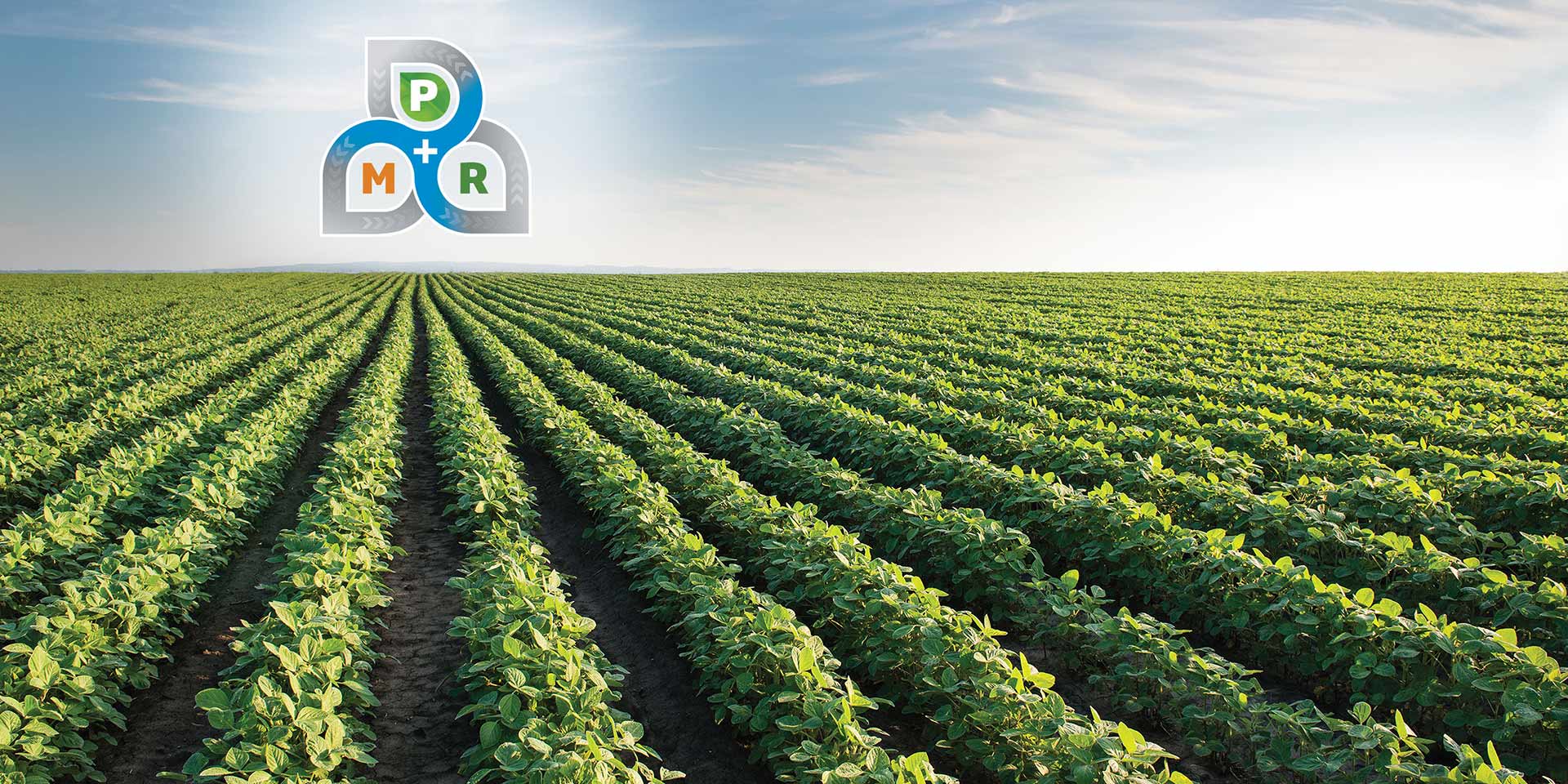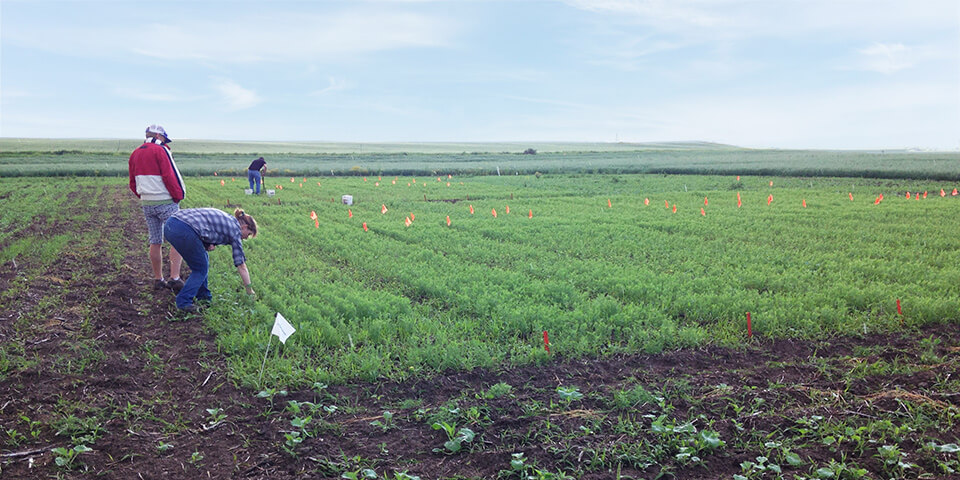
TRIPARTITE SYMBIOSIS = BIGGER YIELD
How can the tripartite symbiosis improve crop productivity?

TRIPARTITE SYMBIOSIS = BIGGER YIELD
How can the tripartite symbiosis improve crop productivity?
Studies regarding the addition of mycorrhizal and rhizobial inoculants, at the time of seeding, have clearly demonstrated that these microorganisms work in collaboration with legumes and play a major role in increasing crop productivity.
Check out this video of our agronomic experts from Taurus Agricultural Marketing explaining what is the tripartite symbiosis, and read below to know HOW THE TRIPARTITE SYMBIOSIS WORKS.
Mycorrhizae develop a network that explores the soil and accesses more nutrients and water to transfer to the plant; rhizobium fixes nitrogen and makes it available to the plant. By working together, they positively influence the plant for increased yield.
N and P are major nutrients for the plant. “Tripartite associations of host plants with both rhizobia and AMF [Arbuscular Mycorrhizal Fungi] benefit the host plant by increased P uptake through the mycorrhizal association balancing the high input of N through rhizobial N-fixation.” (1) In addition, mycorrhizae reach more water and nutrients needed by legumes such as B, Ca, Cu, Fe, K, Mn, Mo and Zn, key components for energy production.
When used in combination, mycorrhizae and rhizobium increase the photosynthetic rate by 51%(2). “The rate of photosynthesis increased substantially more than the C [Carbon] costs of the rhizobial and AM [Arbuscular Mycorrhizal] symbioses.” (2) The total increased sugar production by the plant far outweighs the cost to “house” the partners.
Better nutrient use efficiency and bigger biomass result in higher yield from each legume plant (harvest index). For example, “[…] it has been found that pea plants coinoculated with Rhizobium leguminosarum and AMF [Arbuscular Mycorrhizal Fungi] has shown best results regarding plant height, plant dry mass, nodule fresh weight, number of seeds, seed weight, seed yield, number of root nodules, number of pods per plant, average pod weight and pod length […]“. (3)
Each phase of the plant growth requires a lot of nutrients and energy to obtain higher yield. “[…] the tripartite interactions between legumes, AMF [Arbuscular Mycorrhizal Fungi] and rhizobia cause increases in legume productivity, and the N:P:C supply ratio as influenced by the tripartite symbiotic associations plays a fundamental role in controlling the legume’s photosynthetic rate and biomass productivity.” (1)
1 - Mycorrhizae take up P & water from soil to transfer to plant
2 - Plant can give more P to rhizobium to fix more N
3 - Plant will photosynthesize 51% more and grow faster
4 - Plant gives carbon to its rhizobium & mycorrhizae partners
5 - Mycorrhizae will propagate and spread rhizobium to other roots
Click on the image below to download the detailed PDF.
(1) Koele et al. 2014. VFRC Report 2014/1, pp. 1-57
(2) Kaschuk et al. 2009. Soil Biol. Biochem. 41:1233-1244
(3) Shinde et al. 2016. Int. J. Bioassays. 5:4954-4957

Find out how Premier Tech has been able to implement the investments, the infrastructure and partnerships needed to develop mycorrhizal fungi and other natural active ingredients.

Marc Béland, Senior Director - Agriculture at Premier Tech, is wishing everyone a great 2023 season!
Learn what's new at AGTIV this year!